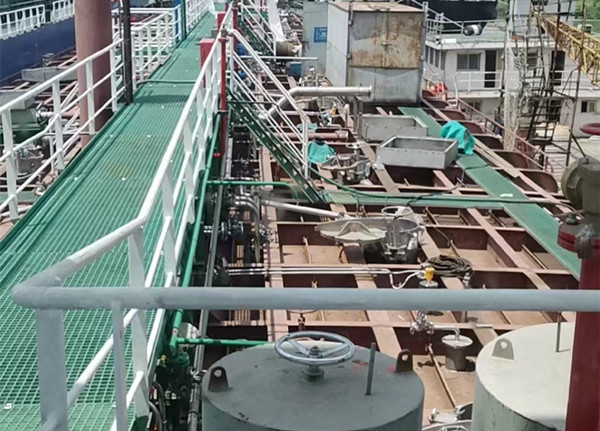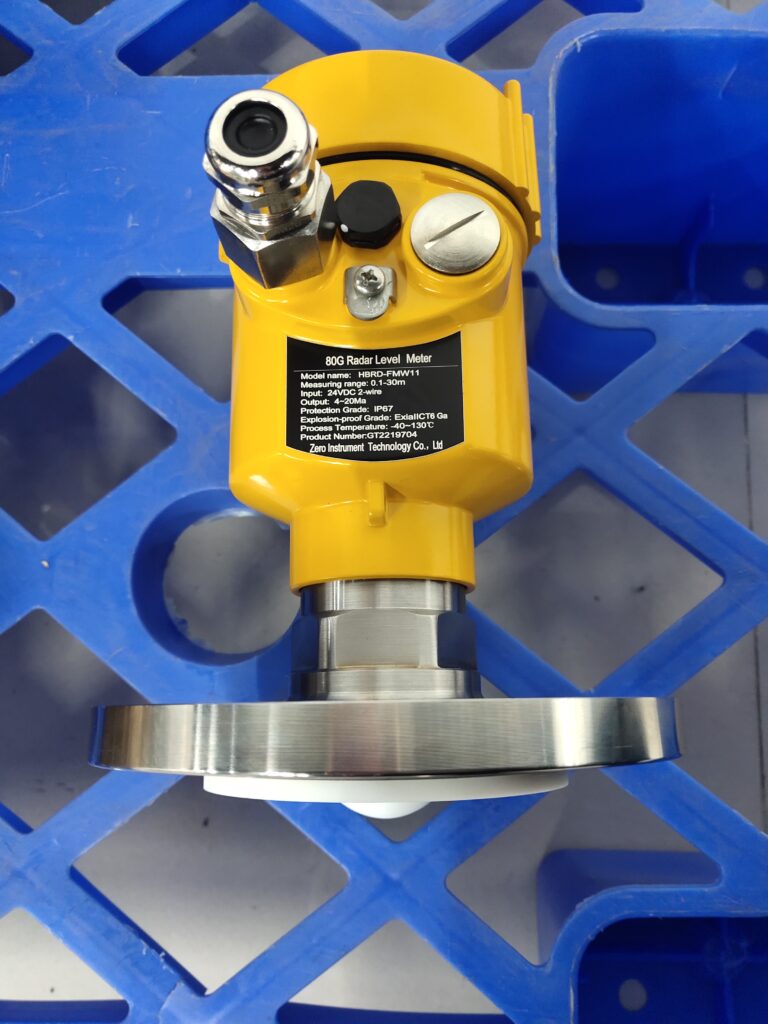As a non-contact measuring instrument, radar level gauge has been widely used in industrial applications. However, in actual use, radar level gauges may be affected by various interference factors, resulting in inaccurate measurement results.
In order to ensure the measurement accuracy and stability of the radar level gauge, eliminating interference has become a problem that must be faced.

First, some common interference factors are introduced. Electromagnetic interference: During the working process, the radar level gauge will be affected by the surrounding electromagnetic environment, such as strong magnetic field, high-frequency electromagnetic waves, etc., resulting in signal distortion or error.
Material interference: For some specific materials, such as highly conductive materials or materials that absorb radar waves, the measurement of the radar level gauge will be greatly affected. Installation position and angle: If the installation position and angle of the radar level gauge are inappropriate, it may cause measurement errors or failure to measure.
Environmental factors: Environmental factors such as temperature, humidity, and pressure may also affect the measurement of the radar level gauge.

Let’s look at the method of eliminating interference, electromagnetic shielding: For electromagnetic interference, electromagnetic shielding can be used to place the radar level gauge in a metal box to prevent external electromagnetic fields from interfering with the measurement.
At the same time, a magnetic ring is installed on the cable line to further suppress electromagnetic interference. Choose a suitable radar level gauge: Choose different types of radar level gauges according to the characteristics of different materials.
For example, for materials with strong conductivity, frequency modulated continuous wave radar level gauge should be used, which has the characteristics of strong anti-interference ability and high measurement accuracy.
Reasonable installation: When installing the radar level meter, ensure that it is perpendicular to the horizontal plane and kept at a certain distance from the silo wall to avoid the impact of material accumulation and interference signals.
At the same time, it should be kept as far away from the feed port, stirrer and other equipment as possible to reduce the interference of vibration and noise on the measurement. Environmental control: Interference caused by environmental factors can be compensated and corrected by installing temperature, humidity, pressure and other sensors.
At the same time, the radar level gauge should be calibrated and maintained regularly to ensure that its performance is stable and reliable.
Signal processing: By using digital signal processing technology, radar echo signals can be filtered, denoised, etc., and useful echo signals can be extracted to improve the accuracy and stability of measurement.
At the same time, mathematical models and algorithms can be established based on material characteristics and process requirements to further improve measurement accuracy and reliability.

Eliminating interference encountered by radar level gauges is key to ensuring their measurement accuracy and stability. In practical applications, the appropriate method to eliminate interference should be selected according to the specific situation.
At the same time, daily maintenance and upkeep should be strengthened, and the radar level gauge should be inspected and calibrated regularly to ensure that it is always in good working condition.
Only in this way can the advantages of radar level gauges be fully utilized and production efficiency and safety improved.
